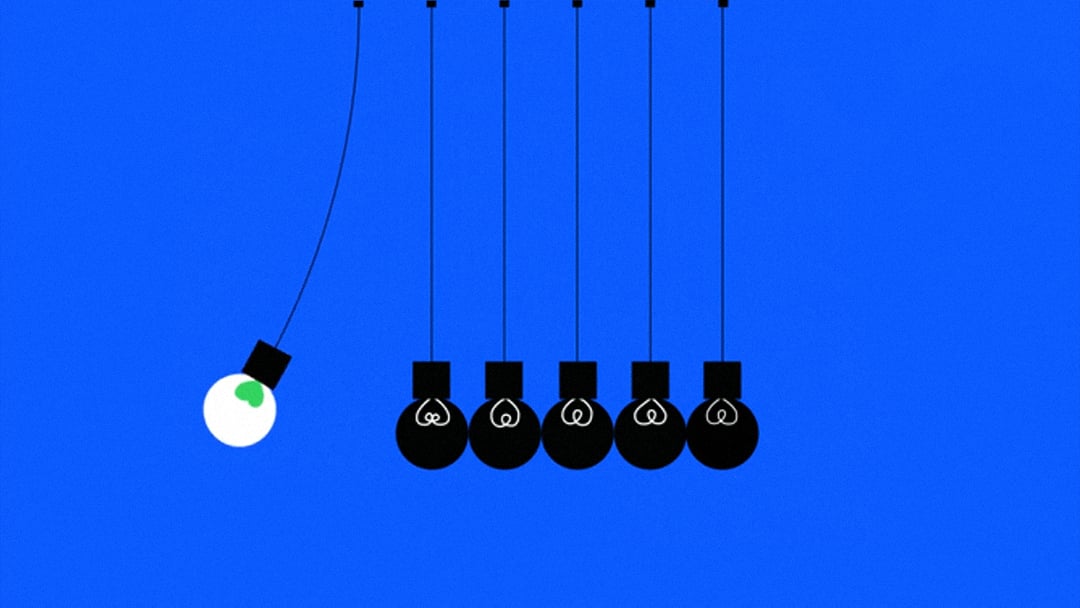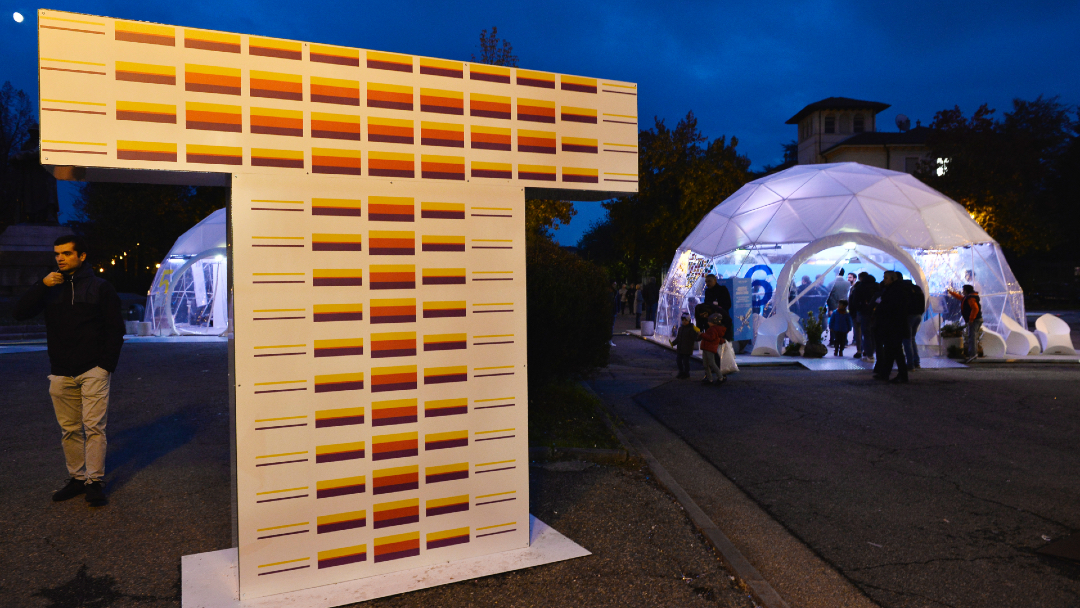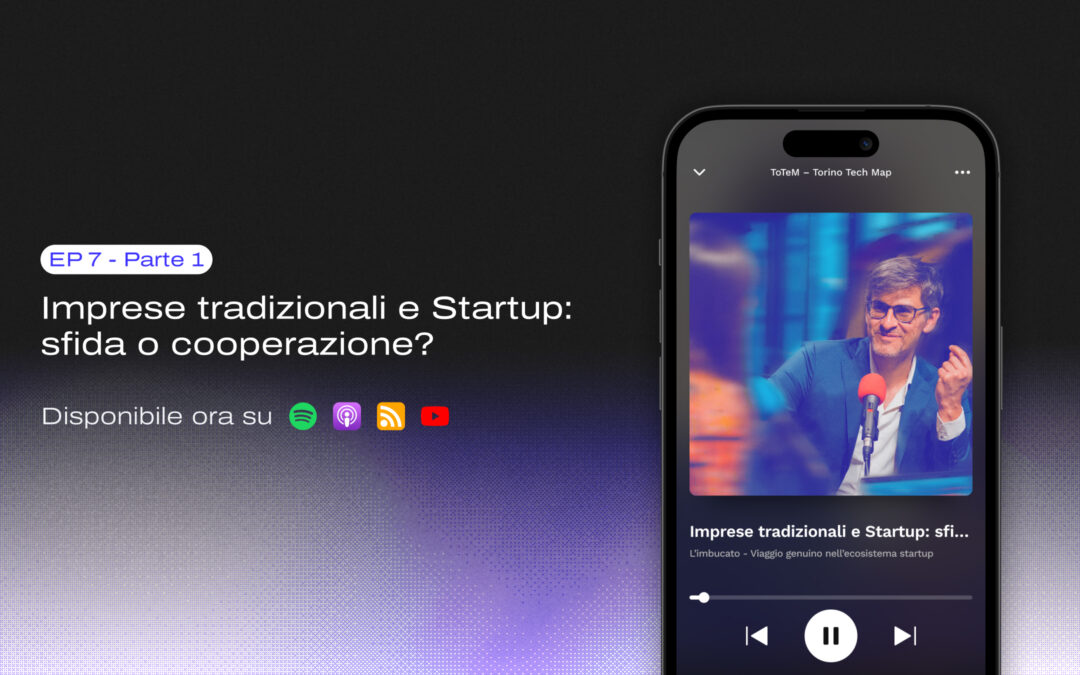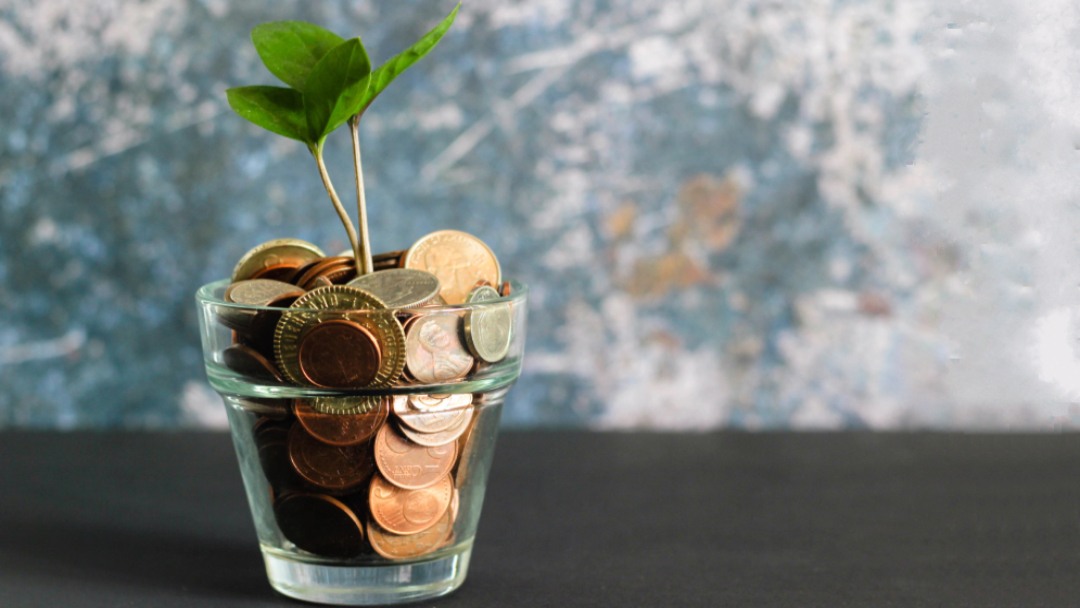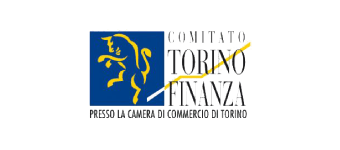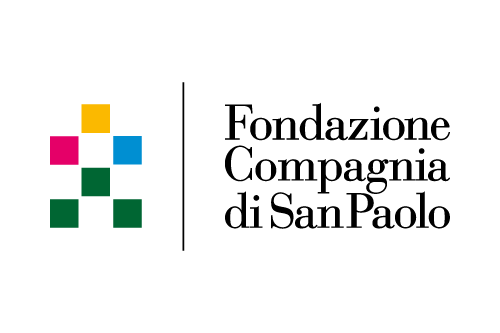Resource created by Jacobacci & Partners, one of the main European realities in the field of intellectual property protection
From its inception Jacobacci & Partners has managed trademark portfolios for many of the most famous Italian and foreign companies active in fashion, high-tech, agribusiness, electronics, chemical, mechanical and many other industries. The unique experience and regular study of international legal developments allow Jacobacci & Partners to design innovative solutions and develop surveillance and intervention programs for anti-counterfeiting operations on a global scale. It currently manages 100,000 patents and 100,000 trademarks on behalf of more than 10,000 clients of all sizes, sectors and geographic areas.
The Jacobacci & Partners team will be working with us from 2021 to producea series of content to help startups protect the fruits of their innovative ideas. We start today with this first piece of content that will give you a set of basics to start familiarising yourself with this topic.
What is a trademark?
A trademark is a distinctive sign made up of words, shapes, colors, letters and more and is useful to distinguish a product or service. The requirements needed for the registration of a trademark are novelty, meaning that it has not been previously used by others to mark identical or similar products, and distinctiveness meaning that it is capable of properly identifying a product. Once these requirements can be established, trademarks must be protected with preventive actions, such as registering for a territorial area suitable for current and future growth.
How do I register a trademark?
To obtain protection for a trademark, one must submit an application to the relevant Trademark and Patent Officewhich varies based on the scope of protection desired (national or international). One also may register a European Union trademark effective in all of the European Union countries by filing the application with theEuropean Union Intellectual Property Office (EUIPO), based in Spain.
After filing a trademark application, it isexamined to confirm that all requirements have been met . Third parties may oppose registration when they believe they have prior rights.
Once you obtain a registered trademark, it is necessary to monitor and intervene promptly whenever publication of trademarks identical or confusingly similar are filed by third parties.
How much does it cost to register a trademark?
Trademark registration includes official fees and the consulting services provided by trademark professionals.
To register an Italian trademark, fees are around € 160 per class of goods. For a European Union trademark valid across the EU the cost is about € 900 for three classes of goods. Each registration lasts on average 10 years and is renewable.
The support of a professional is essential in order to obtain the broadest scope of protection possible in jurisdictions of interest. Before proceeding with a request for registration, it is always advisable to check that a new trademark will not interfere with the prior rights of third parties, in order to avoid the risk of having actions taken against you and to respect the IP rights of others.
What is a patent?
Patents for inventions and utility models protect the technical aspects of a product or a process possessing novelty , originality and industrial applicability and reproducibility, in countries where such rights are recognized and protected.
A patent is an exclusive right to exclude third parties which is granted to the inventor who makes a request for this right by filing a patent application. A patent allows the owner to take advantage of innovation in the area in which it is protected. In Italy creative intellectual works are generally not patentable. They may be protected by copyright.
What is the difference between patents for invention and utility models?
Patents may concern a product, a process or a new use of an already known product . They last twenty years.
A patent for a utility model, however, is an intellectual property right that safeguards a new technical form of an industrial product. Therefore, a new product is an invention, while the innovative improvement of the technical conformation of an existing product may be protected as a utility model. Utility models have a duration of ten years.
How do I file for a patent?
Before obtaining a patent one must file an application at the relevant Patent Officewhich varies according to the territory required: you may file, an Italian, European, international patent application or a national phase application based on the international application. In Italy, the application is filed with theItalian Patent and Trademark Office (UIBM).
The patent is granted only after substantive examination. Third parties may file opposition proceedings against a patent granted by the EPO.
How much does it cost to file a patent?
The cost of obtaining a patent varies depending on the territorial extent and type of invention involved. The cost is almost certainly less than the costs relating to research and development, production and commercialization of the invention and should be considered in this context.
Relying on a team of professionals can help you obtain a patent not only locally, but European-wide and abroad.
Before filing a patent application, it is advisable first to check that the invention will not conflict with third party rights. At the same time, it is important to file a patent application before disclosing the inventionto the public.
What is a model or design?
A model or registered design is an intellectual property right that relates to the exterior aspect of the whole product or a component of it, having novelty and individual character, in the eyes of the informed user, from any design or model disclosed before the date of submission of the application. It lasts five years and it is renewable up to a maximum of 25 years.
How do I file a patent or design?
Since patent and design rights are jurisdictional, separate applications must be submitted at the relevant patent offices around the world. In order to obtain protection, it is necessary to file an application with the competent offices, which vary according to the territorial scope of protection requested (national, European, international or Community). The title is normally granted after a prior examination and publication of the application, to allow third parties claiming prior rights to oppose the granting of the design.
Can unregistered designs be protected?
The protection granted for an unregistered design or model is limited to three years from the date on which it was first disclosed in the European Union, proof of which will be necessary. Such designs may be enforced only against those who knowingly copied the design.
What are the tools available to defend IP rights from counterfeiting?
There are several tools available to defend Intellectual Property Rights from counterfeiting:
- Out of court cease and desist orders:
It allows to notify the infringer of an IP right and to demand immediate suspension of counterfeiting activities. - Interim measures
They are granted on an urgent basis by specialized courts. Such measures may be used to stop infringer’s actions before a final judgment and also to impose additional sanctions against the infringer. More specifically, interim measures may include an injunction against the continuation of the manufacture or sale and potential seizure of counterfeit products. Measures also may include publication of the judgment in newspaper and/or magazines. - Civil or criminal proceedings
They also allow compensation for damages, if damages can be established. - Request for customs action
Introduced to block entrance into the European Union of counterfeit goods.
How is the use of "Made in Italy" regulated?
Counterfeiting and the use of "Made in Italy" often creates confusion. “Made in Italy” suggests that the product has a certain quality and/or prestige. Today the designation may be used on goods that, under the Community Customs Code, have undergone substantial manufacturing in Italy.
Otherwise, "100% Italian Product" or "Made in Italy 100%" or other similar designations may be used only with items in which all manufacturing stages (from start to finish) have taken place in Italy.
Insights
Jacobacci & Partners informs its Clients to pay the utmost attention to misleading notices relating to its industrial property rights (trademarks, designs and patents), coming from persons who are not traceable to the Order of Industrial Property Consultants and/or the competent Authorities listed herein:
- Italian Patent and Trademark Office
- European Union Intellectual Property Office
- World Intellectual Property Organization
- European Patent Office
Download the Anti-Cheating Vademecum of the Italian Antitrust Authority (AGCM) containing details and useful information to recognize misleading proposals.
You are invited to consult some of the AGCM rulings condemning companies that deceptively offered services to companies, published in the AGCM weekly bulletins.
Therefore, please pay the utmost attention and do not give any feedback to these notices from persons not directly responsible.
Before taking initiatives and/or making payments in relation to such notices, Jacobacci recommends that you send your reference professional a copy of any communication relating to industrial property rights, in order to be able to promptly confirm whether it is a communication from unauthorized parties and, therefore, to be ignored.
